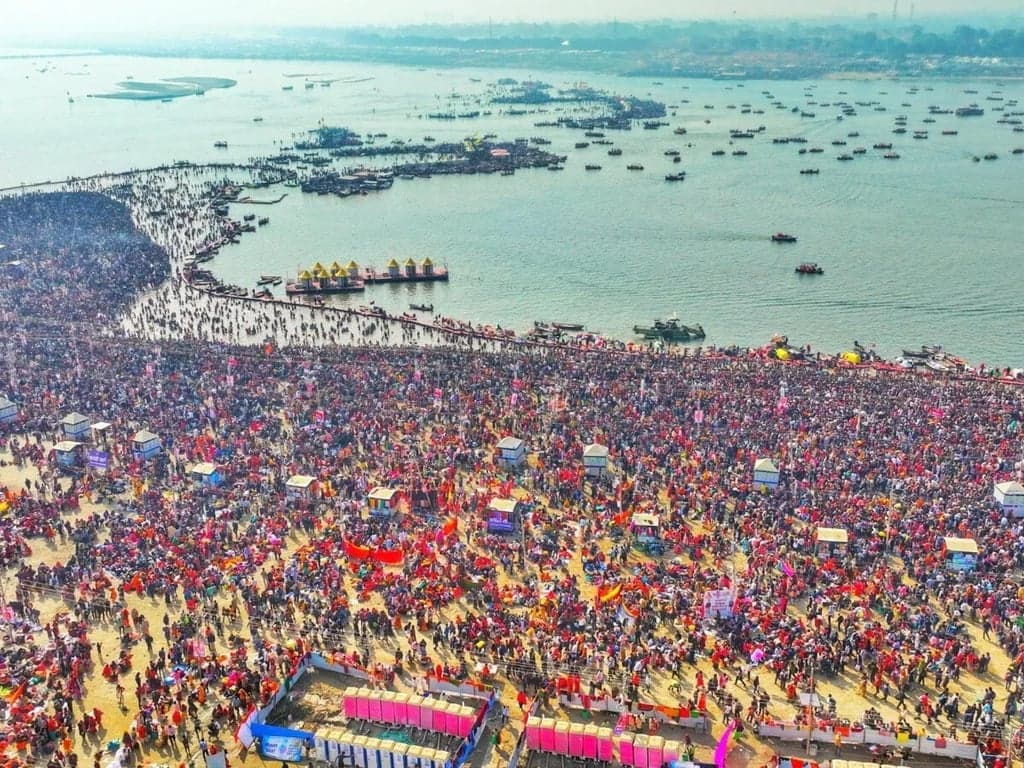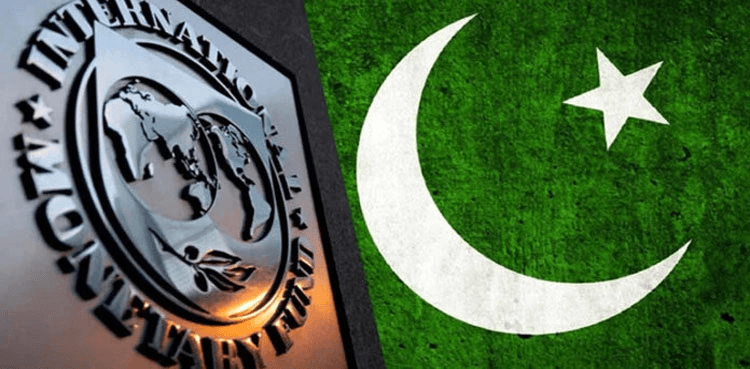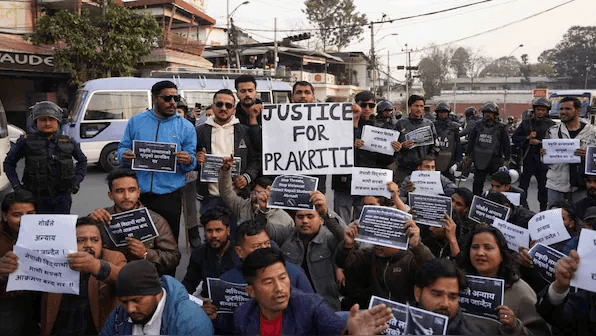
Disasters, whether natural or man-made, often bring out the best in humanity. People rally together to provide aid, governments allocate emergency funds, and international organizations step in with resources. However, beneath this veneer of goodwill lies a darker reality, aid funds frequently vanish into bureaucratic inefficiencies, corruption, and mismanagement. While billions are pledged for relief efforts, only a fraction reaches those who need it most. This raises the question of how disaster relief funding becomes entangled in bureaucracy and corruption?
Global humanitarian aid has grown significantly over the past decade. According to the Development Initiatives’ Global Humanitarian Assistance Report 2023, global humanitarian funding reached $34 billion in 2022, up from $17 billion in 2012. Despite this increase, reports suggest that nearly 30% of all aid is lost due to inefficiencies, administrative costs, and outright theft. A 2021 investigation by Transparency International found that approximately $1 out of every $5 allocated for disaster relief was siphoned off through corrupt practices. In Haiti, following the devastating 2010 earthquake, an estimated $13 billion in international aid failed to deliver tangible improvements for survivors. Investigations revealed widespread misuse of funds, including inflated contracts and kickbacks. These figures highlight not just inefficiency but systemic issues plaguing disaster relief systems worldwide.
One major issue is the disproportionate amount spent on administrative overheads. The United Nations Office for the Coordination of Humanitarian Affairs (OCHA) reported that in 2022, administrative costs accounted for up to 25% of total humanitarian budgets in some countries. NGOs operating in conflict zones like Yemen have admitted spending as much as 40% of their budget on logistics, security, and staff salaries rather than direct assistance. This diversion leaves little room for actual relief work, leaving beneficiaries underserved.
Corruption manifests differently depending on the context but remains pervasive. Contract fraud is one of the most common forms, with governments and contractors inflating prices for supplies and services. After Hurricane Maria struck Puerto Rico in 2017, investigations uncovered cases where food suppliers charged exorbitant rates for substandard goods. Kickbacks and embezzlement are also rampant, as seen in Afghanistan, where audits conducted by USAID revealed that millions earmarked for rebuilding schools and hospitals were embezzled by local officials between 2008 and 2015. Fake beneficiaries further undermine relief efforts, as observed during the Syrian refugee crisis when fraudulent lists of aid recipients were created to divert funds. Such practices erode trust in both local authorities and international donors.
In politically unstable regions, disaster relief becomes another tool for manipulation. In Venezuela, President Nicolás Maduro’s government allegedly diverted food and medical aid intended for citizens during economic crises, using them instead to reward loyalists. In Myanmar, military leaders blocked aid distribution to Rohingya communities after Cyclone Nargis in 2008, exacerbating suffering among already marginalized groups. These actions demonstrate how disasters can be weaponized against vulnerable populations.
Haiti serves as a stark example of mismanagement in disaster relief efforts. Following the 2010 earthquake, Haiti received unprecedented levels of international support. Yet, years later, living conditions remain dire. Only 5% of donor pledges materialized into completed projects, while over $700 million disappeared without clear accountability, according to a ProPublica investigation. Reconstruction efforts stalled due to overlapping agencies, lack of coordination, and endemic corruption within Haitian institutions.
Since Russia's invasion of Ukraine in February 2022, international donors have committed over $10 billion in aid. However, reports indicate delays caused by complex procurement processes and conflicting priorities among aid agencies. An audit by the European Anti-Fraud Office (OLAF) flagged irregularities involving €50 million in aid meant for Ukrainian refugees.
Wastage of disaster relief funds doesn’t just harm immediate victims, it also undermines long-term recovery and development goals. Countries dependent on foreign aid see minimal progress when funds are mismanaged. For instance, Nepal’s post-earthquake GDP growth rate dropped below expectations despite receiving $4.4 billion in aid. Repeated scandals deter future contributions, as seen in a survey by the World Giving Index, which showed that public willingness to donate decreased by 15% in countries plagued by high-profile corruption cases.
Despite these challenges, there are initiatives aimed at improving transparency and accountability. Blockchain technology is being tested by organizations like the Red Cross to track fund flows in real-time, reducing opportunities for fraud. Independent oversight bodies such as the International Aid Transparency Initiative (IATI) advocate for standardized reporting mechanisms to ensure funds are used appropriately. Community-led approaches, such as direct cash transfers to affected communities, bypass intermediaries, ensuring quicker and more efficient delivery of aid. However, implementation remains inconsistent, particularly in regions with weak governance structures.
India, one of the most disaster-prone countries in the world, faces significant challenges in ensuring that aid reaches those in need. Despite having robust legal frameworks like the Disaster Management Act of 2005 and a dedicated National Disaster Response Force (NDRF), inefficiencies and corruption continue to plague relief efforts. Disaster relief funds often get stuck in bureaucratic delays. Following the devastating Kerala floods in 2018, which displaced over 1 million people, reports emerged that state governments delayed releasing central funds for months. The Comptroller and Auditor General (CAG) of India later revealed that only 60% of the allocated ₹6,000 crore ($750 million) was utilized effectively. In 2021, during the second wave of the COVID-19 pandemic, oxygen shortages and vaccine distribution delays were attributed to poor coordination between federal and state authorities, leaving millions vulnerable.
Procurement processes for disaster relief materials are particularly prone to corruption. Investigations by India’s Central Vigilance Commission (CVC) have uncovered numerous cases of inflated bids and substandard supplies. After Cyclone Amphan hit West Bengal and Odisha in 2020, local contractors were accused of supplying low-quality tarpaulin sheets and food packets at inflated prices. Audits showed that nearly ₹200 crore ($25 million) earmarked for relief was misappropriated. During the Uttarakhand flash floods in 2013, officials allegedly siphoned off funds meant for rebuilding infrastructure, leaving affected villages without proper roads or housing years after the disaster.
The Prime Minister’s Citizen Assistance and Relief in Emergency Situations (PM CARES) Fund, established during the COVID-19 pandemic, has also faced scrutiny. Critics argue that its lack of transparency raises concerns about fund utilization. As of 2022, ₹10,990 crore ($1.3 billion) had been collected under PM CARES, but detailed expenditure reports remain unavailable. Activists filed petitions in the Supreme Court demanding an audit, citing allegations of funds being diverted for unrelated purposes. Additionally, discrepancies exist in how contributions to PM CARES compare with older, more transparent funds like the State Disaster Response Fund (SDRF).
These inefficiencies disproportionately affect marginalized groups. Tribal communities in Odisha, already living below the poverty line, reported receiving inadequate relief packages after Cyclone Fani in 2019. Many families claimed they received expired food items and unusable tents. Migrant workers stranded during the nationwide lockdown in 2020 highlighted gaps in relief distribution, with many going hungry despite government assurances of free rations.
While disaster relief is critical for saving lives and rebuilding communities, its dark side cannot be ignored. Billions of dollars vanish annually due to bureaucratic inefficiencies, corruption, and political interference. Without robust reforms including stricter oversight, streamlined operations, and community-focused strategies, the cycle of wasted aid will persist. As global disasters grow in frequency and severity due to climate change and geopolitical tensions, addressing these systemic flaws is no longer optional, it’s imperative. Until then, the promise of aid risks being overshadowed by its failures, leaving countless lives hanging in the balance.
Written by Devaraj P


